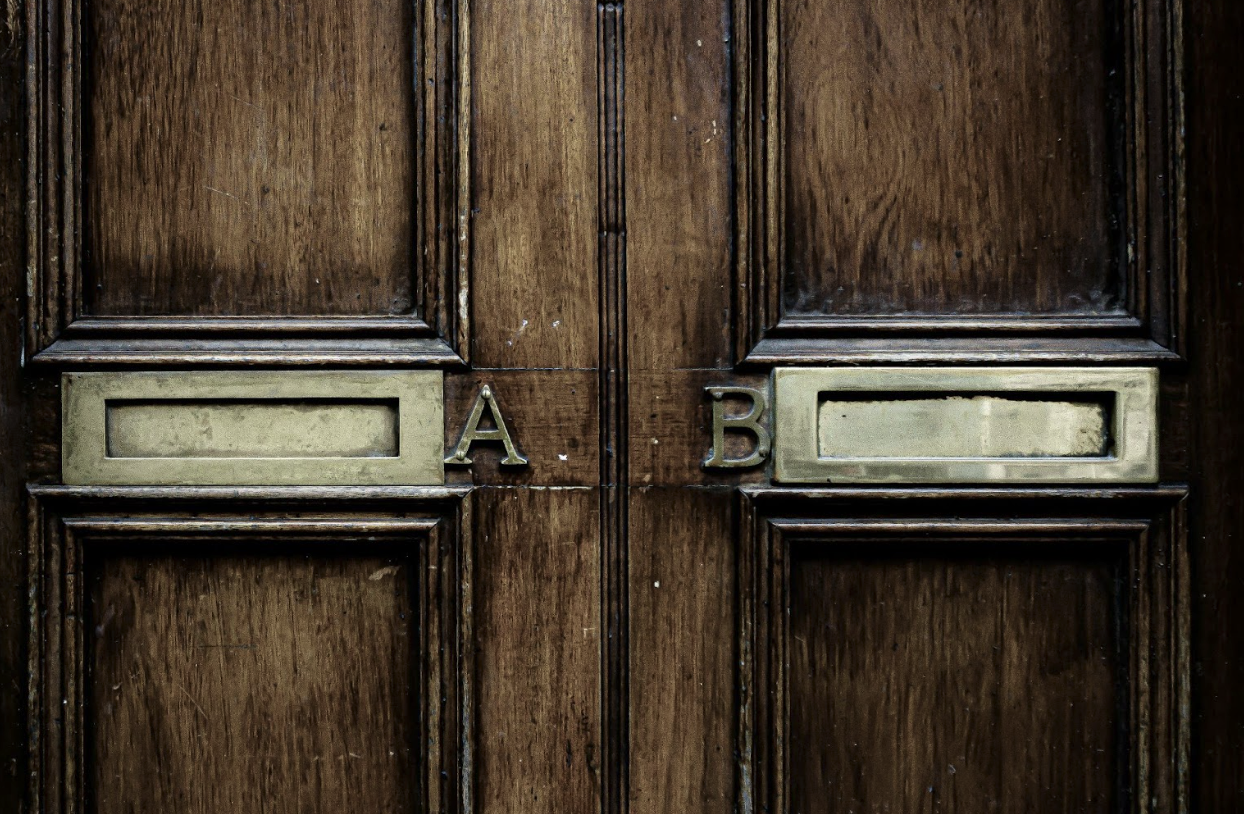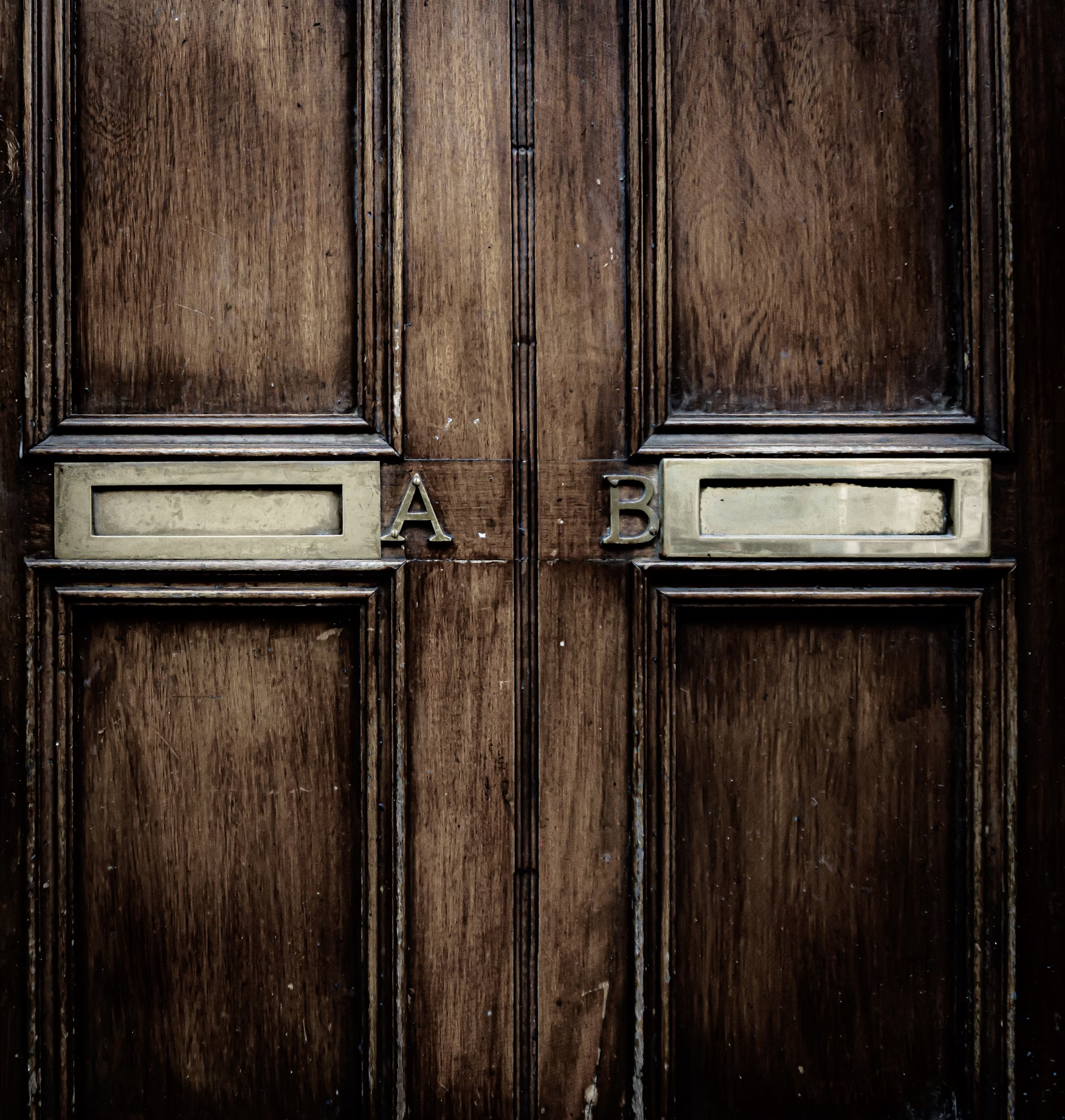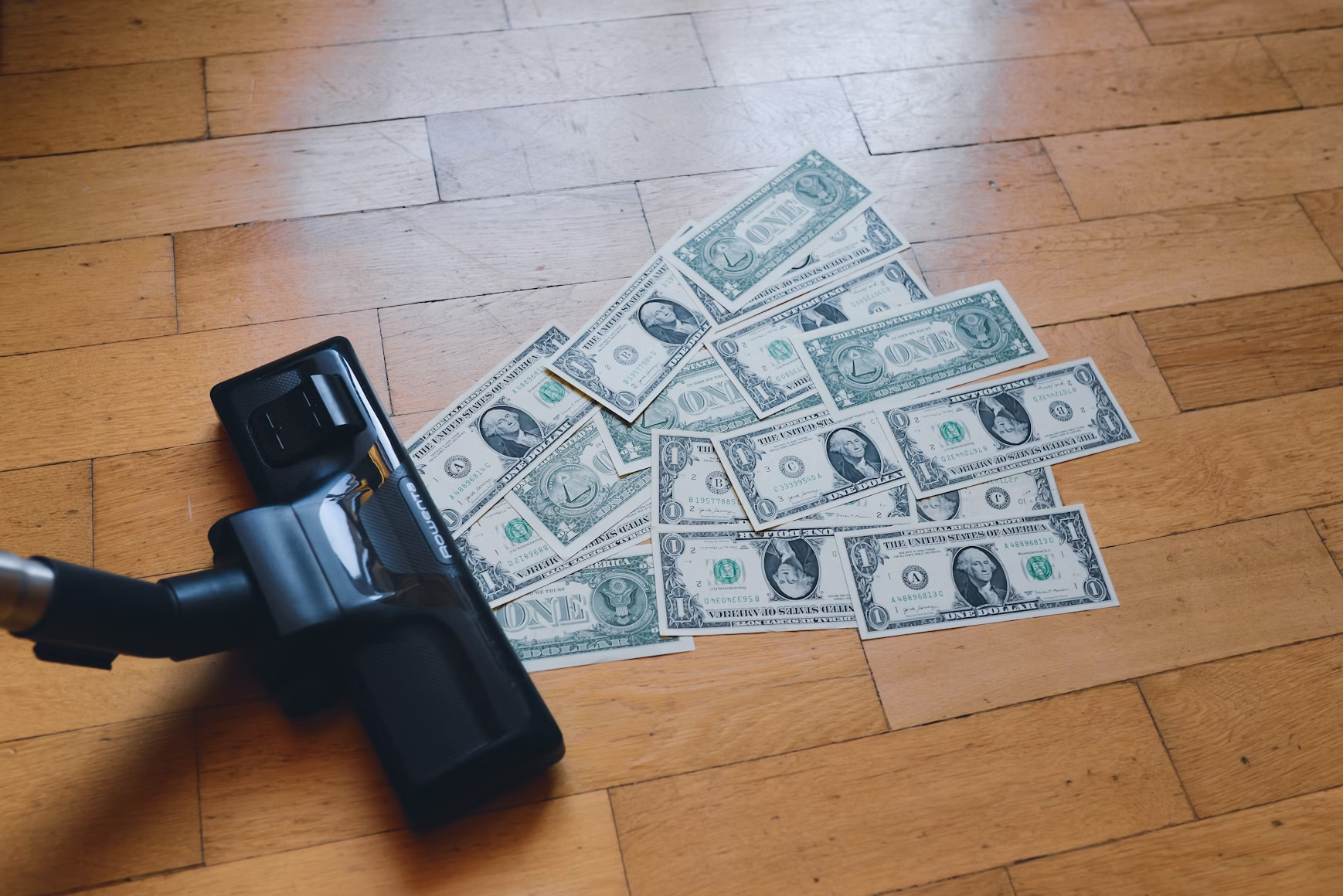
Dziugas Alminas
August 30, 2024
|
4.5
min read
When running A/B tests, one of the most common questions to arise is: "How long should the experiment run?"
The answer isn’t always straightforward, as it depends on several factors, including the sample size, the expected effect size, statistical power, and confidence levels. Let’s break down these concepts and explore how they influence the duration of an A/B test.

Before diving into the specifics of experiment duration, it’s essential to understand two key statistical concepts: statistical power and confidence level. While these terms may sound technical, they can be explained in simple terms.
Statistical Power: Statistical power measures the likelihood that your test will detect a real difference between your variants if one truly exists. Think of it as the sensitivity of your experiment. If the statistical power is high, your test is more likely to identify a genuine effect. Typically, researchers aim for a statistical power of 80%, meaning there’s an 80% chance of correctly identifying a difference if it’s there.
Confidence Level: The confidence level reflects how certain you are that your results are accurate and not due to random chance. For example, a 95% confidence level means that if you ran the experiment 100 times, you’d expect the same result 95 times. While 80% confidence is good enough, 95% is ideal for ensuring more reliable results. This level of certainty is crucial when making data-driven decisions based on your A/B tests.



Determining the optimal duration for an A/B experiment requires careful consideration of several factors, including sample size, expected effect size, traffic consistency, statistical power, and confidence level.
By understanding these concepts, you can make informed decisions about when to start and stop your experiments. While 80% confidence is good enough, aiming for a 95% confidence level ensures more reliable results, leading to more accurate and impactful conclusions.
A well-designed A/B test, backed by solid research and sufficient duration, will help you make data-driven decisions that contribute to long-term success. While the methods discussed provide a strong foundation, always remain adaptable, as each experiment may present unique challenges and opportunities.

Dziugas Alminas
Head of CRO
Dziugas brings over a decade of experience in website creation and optimization. His expertise includes a strong focus on enhancing the consumer journey, ensuring that users can navigate seamlessly through the website and reach the thank you page effortlessly
Dziugas Alminas





